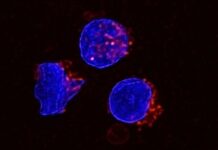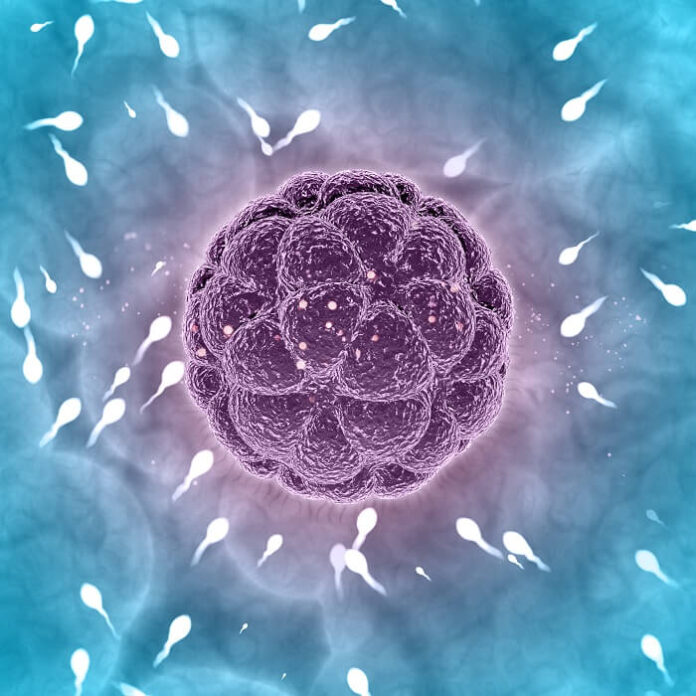An observational Nordic study of 7.7 million children found that kids born via assisted reproductive technology (ART) had a slightly higher risk of congenital heart defects (CHDs), although the absolute risk difference was small. The study, led by Dr. Ulla-Britt Wennerholm from the University of Gothenburg, reported that major CHDs were present in 1.84% of ART-conceived children compared to 1.15% of those conceived naturally (adjusted odds ratio [AOR] 1.36, 95% CI 1.31-1.41).
Severe CHDs occurred at similar rates between the groups, with ART children having a slightly higher rate than those conceived spontaneously (0.35% vs. 0.26%; AOR 1.30, 95% CI 1.20-1.42), as published in the European Heart Journal. The risk of CHD was notably higher in multiple pregnancies, regardless of conception method, with ART pregnancies showing a 2.47% risk compared to 2.41% for spontaneous conception, both significantly higher than singleton pregnancies (P<0.001).
Dr. Wennerholm reassured that the slightly increased risk is not alarming for parents or clinicians, and that opting for single embryo transfers could help reduce risk. Within ART methods, CHD rates were similar for both intracytoplasmic sperm injection (ICSI) and in vitro fertilization (IVF), and for fresh versus frozen embryo transfers.
CHDs, the most common birth defect, occur in about 1-2% of the population, requiring large cohort studies to observe trends. Nordic countries’ extensive health data registries made this population-based study possible. While the study confirmed that ART-conceived children have a higher risk of CHD, the absolute risks were modest and partly linked to the higher prevalence of multiple pregnancies in ART.
An accompanying editorial by Dr. Nathalie Auger from the University of Montreal highlighted that the study reinforced findings from earlier reports, but also raised questions, such as why the increased risk of major CHD was seen in singletons (OR 1.19) and not in multiples (OR 0.94). Additionally, despite ICSI involving more gamete manipulation than IVF, no stronger association with CHD was found. Confounding factors, such as underlying health conditions affecting fertility, may also play a role, as ART users tend to differ from the general population.
As reported by medpagetoday, the study included liveborn children from Denmark, Finland, Norway, and Sweden, with 171,735 conceived via ART and 7,575,902 conceived naturally. Researchers analyzed CHD diagnoses from prenatal screening up to one year after birth and conducted sensitivity analyses on various factors like smoking and maternal education. Limitations included the lack of data on miscarriages, terminations, and stillbirths. Future research is underway, linking new data with more recent follow-up.
























